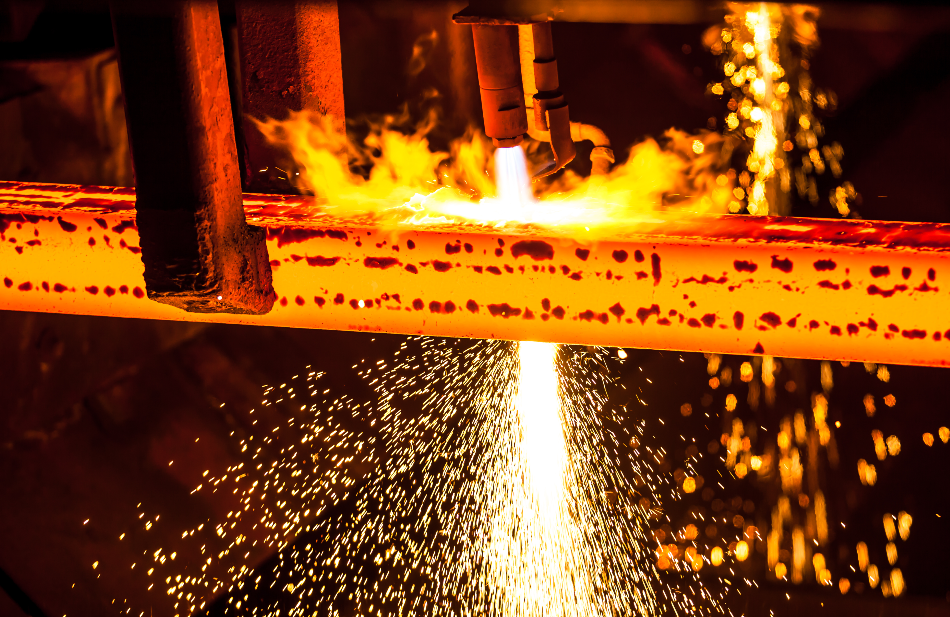Nov 6 2009

Norenko Andrey / Shutterstock
Gold plating is a term that is generally used to describe a thin gold coating on an object. As a matter of fact, gold can be deposited from a solution, by using three similar processes. These include:
- Electroplating: In this process, an electric current is passed through a solution that contains gold ions, where gold is subsequently deposited onto the cathode (negative electrode).
- Electroless plating: This process does not need electricity but a chemical reducing agent is used to change gold ions into a metal.
- Immersion plating: In this process, gold ions from a solution are displaced by dissolving a more reactive metal.
Applications of Gold Electroplating
The three processes mentioned above are utilized for different applications and produce coatings that have relatively different properties. Gold electroplating is used for making contacts and connectors, and hence represents the largest application of gold in electronics.
Several types of gold plating baths are available in the market. Most of them are based on cyanide. While non-cyanide plating baths are also available, they tend to be less stable and hence their application is rather limited.
However, non-cyanide baths provide certain benefits apart from the apparent health and environmental benefits. Electroplating always costs less when compared to electroless or immersion plating, since only fewer chemicals are consumed.
Limitations of Gold Electroplating
One drawback of electroplating is that an electrical connection has to be made to the areas to be plated. While isolated areas cannot be electroplated, alternative processes have been created. Electroless gold is a substitute for electroplated gold, where a chemical reducing agent is used to change gold ions into a metal.
Gold Coatings and Printed Circuit Boards
In addition, printed circuit boards (PCBs) can be protected during storage, before it is filled with components. This can be done by using a layer of electroless nickel followed by a thin coating of the so-called “immersion gold.”
Immersion gold is deposited through a displacement reaction. Here, gold in solution is deposited, while nickel from the substrate dissolves. Thin layers of gold on electroless nickel used on PCBs are appropriate for maintaining a solderable surface, while the boards are kept in storage. They can be kept in dry and clean conditions for at least a year.
However, these coatings are relatively thin for connectors or contacts, because the underlying nickel will corrode in humid conditions, and insulating corrosion products will develop on the gold surface.